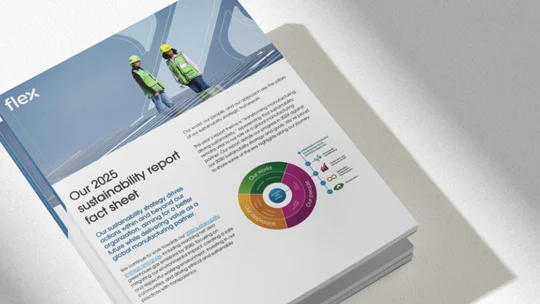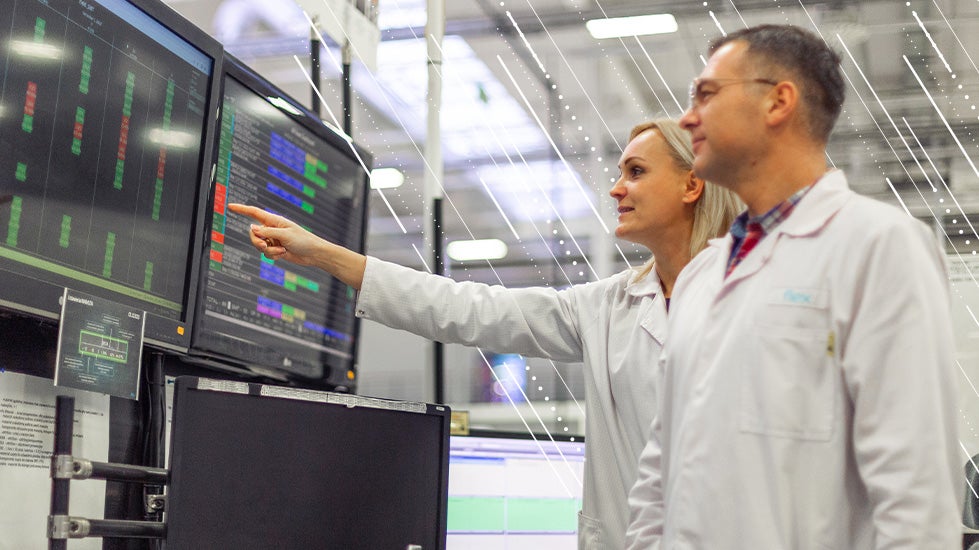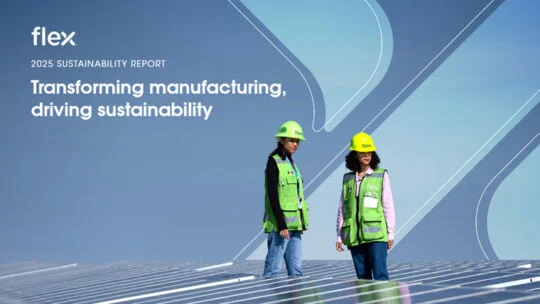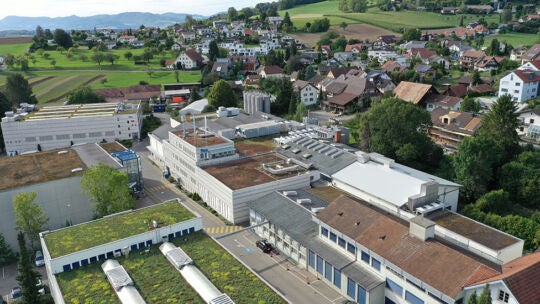
We live and work in an interconnected world, which is true for individuals and businesses alike. An organization’s influence does not begin and end within its walls, especially when it comes to sustainability impacts and outcomes. Every link in a chain either contributes to or hampers progress towards an organization’s overall sustainability goals and a more sustainable future.

Risk mitigation demands that companies remain accountable and transparent as they speak to their long-term roadmap. This requires a deep understanding of how every part of the business — including the suppliers and vendors that organizations partner with — potentially impacts overall risk. For instance, a company may ensure fair labor practices for all employees but rely on a supplier with a track record of human rights issues. This will present a high degree of long-term risk, which could include financially material consequences and a negative impact on brand reputation, if misaligned with the company’s stated values and goals.
Scope 1, 2, and 3 emissions classifications by the Intergovernmental Panel on Climate Change are a key consideration for how value chain partners can affect sustainability performance. Scope 1 and 2 emissions refer to a company’s direct greenhouse gas emissions and the emissions associated with its purchase of power or fuel. Scope 3 goes further, extending to the emissions from other segments of a business’s value chain. This includes suppliers, freight providers, and end-of-life partners, among others. Given climate science’s guidance that we must reach net zero by 2050, the most environmentally responsible companies recognize that they cannot stop at Scope 1 and 2 emissions; they need to set their sights on net zero by addressing Scope 3 emissions as well.
These examples demonstrate how regulatory bodies, investors, and customers are now taking a broader view of a company’s sustainability performance. As companies build out their sustainability roadmaps and programs, they will need to team up with value chain partners to measure and assess their own sustainability metrics and environmental impacts.
Getting on the same page with goals and metrics
In a previous post, we discussed how early in our sustainability journey at Flex, we were careful to prioritize the scope of initial activities. As a starting point, we focused on identifying facilities that we needed to track and collecting baseline environmental data.
The same can be applied to engaging with value chain partners. When evaluating suppliers and vendors on sustainability metrics, the first step is to measure current performance to establish a baseline for future goal-setting.
Questions to ask value chain partners to understand where they stand in their sustainability journey and goals:
- Do they have a sustainability strategy or metrics that they are tracking?
- Do they report their sustainability data to any regulatory bodies or use an established framework?
- How does their sustainability roadmap align with your own? Where does it diverge?
- Do you agree on the same goals, commitments, and key metrics to track?
It can take considerable time and resources to implement robust, reliable reporting systems for an organization, especially when including value chain partners. The key is to seek consensus with partners about the critical areas to track, while also being mindful of cost and resource limitations. Sharing best practices and learnings from the sustainability journey can also ease the way for value chain partners. In addition, companies can advise value chain partners on methodologies and metrics that will be easy to implement while setting a foundation that allows for future scalability.
For example, if an organization works with smaller suppliers, it may not be reasonable to have them report to an intensive framework that is targeted towards larger, publicly traded companies. But it does make sense to establish a baseline reading of their emissions, water usage, and waste management to assess the business’s overall environmental impact. Another critical area is labor practices and ensuring that workers have access to safe working environments.
At Flex, we collaborate with our preferred suppliers to participate in CDP’s environmental disclosure and scoring process because it is both cost-effective and appropriate for our shared goal of mitigating value chain emissions and reaching net zero greenhouse gas emissions by 2040. Moreover, because Flex has been reporting to CDP for many years, we can guide our preferred suppliers through the process and share best practices from our decades-long sustainability journey.
Partnership through transparency and communication
Aligning with suppliers and vendors on sustainability goals isn’t about making demands. At Flex, we view our value chain partners as just that — partners who share our values, vision, and desire to improve lives and the world.
By keeping in close communication with suppliers, vendors, and customers, businesses are better equipped to take next steps on their sustainability journey without running into unpleasant surprises, like discovering that a preferred supplier has a less than favorable environmental track record that will raise investors’ concerns. Working with suppliers and vendors who are excited about sustainability and take pride in their own sustainability performance will make for a smoother and stronger partnership. As environmental regulation continues to grow, having established relationships with trusted value chain partners will be vital. It is also important to acknowledge that sustainability is evolving every day, and we are learning together on this journey. We do not have all the answers, but through true partnerships, we can figure it out together.
Looking forward
Creating a more sustainable future demands action, accountability, and collaboration across governments, nonprofit organizations, companies, and communities. In the case of businesses, it also requires that we take a broad and critical view of our entire value chain and whether our partners are in alignment with our sustainability ethos and roadmap.
At Flex, we actively work with our suppliers, vendors, and customers to take continuous strides to make sustainability a part of the entire product lifecycle. Whether we are working together on lowering emissions, minimizing waste, or identifying the right reverse logistics and circular economy aftermarket services for a customer’s needs, we strive to maintain an open channel of communication and transparency.
True partnership on a sustainability journey cannot be achieved without ensuring that the organizational partners and people in the business ecosystem are aligned on the same goals, vision, and overall mission to make the world a better place.



